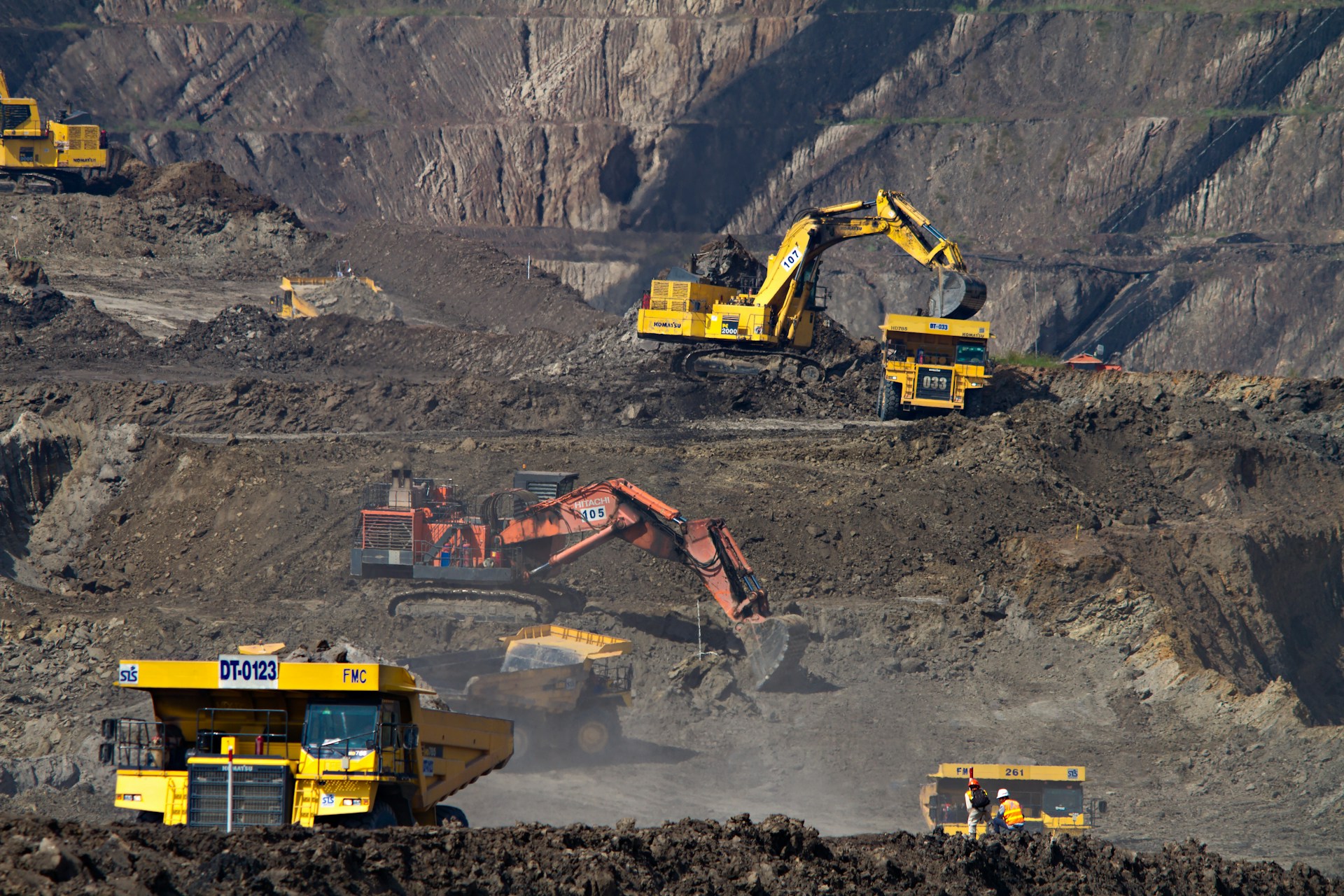Breaking News
Popular News




Mining has long been heralded as a cornerstone of Australia’s economic prosperity, often touted for its substantial contributions to national income and export revenues. However, a closer examination reveals a stark contrast between the industry’s economic footprint and its role in job creation. While mining significantly bolsters the nation’s finances, its impact on employment is disproportionately small.
The mining sector is undeniably a heavyweight in Australia’s economy. As of February 2025, mining accounted for approximately 12.2% of the nation’s Gross Domestic Product (GDP), underscoring its pivotal role in economic output. This substantial share is primarily driven by the extraction and export of commodities such as iron ore, coal, and natural gas. In the fiscal year 2022-23, the industry contributed over half of all company tax collected from large corporations, playing a crucial role in funding public services and infrastructure.
Despite its economic significance, the mining industry’s contribution to national employment is relatively modest. In 2023, the sector employed approximately 289,000 individuals, representing just about 2% of Australia’s total workforce. This figure highlights a critical disparity: while mining generates significant wealth, it does not correspondingly generate a large number of jobs. This discrepancy can be attributed to the capital-intensive nature of the industry, which relies heavily on automation and advanced technologies, reducing the need for extensive human labour.
The recent developments in Mount Isa, Queensland, exemplify the limited employment impact of the mining sector. The planned closure of Glencore’s copper operations is set to result in the loss of at least 600 jobs, a significant blow to the local economy. In response, the Mount Isa City Council has proposed a $2 billion investment fund aimed at diversifying the region’s economic base. This strategic shift includes projects such as developing renewable energy solutions, establishing a correctional facility, and repurposing disused mine shafts for gravity energy storage. These initiatives aim to reduce the community’s reliance on mining and foster sustainable employment opportunities across various sectors.
Advancements in technology have further diminished the mining industry’s demand for labour. Automation and the integration of artificial intelligence have streamlined operations, enabling companies to maintain or even increase production levels with fewer employees. While these technological innovations enhance efficiency and profitability, they also contribute to the sector’s limited capacity for job creation.
The narrative that mining is a major driver of employment in Australia is a misconception. While the industry plays a vital role in generating national income and supporting economic growth, its contribution to job creation is minimal. This reality underscores the importance of economic diversification, particularly in regions heavily dependent on mining. Investing in alternative industries and infrastructure is essential to creating sustainable employment opportunities and ensuring the long-term resilience of local economies.
AI-Generated Content Notice: The articles published on this website are generated by a large language model (LLM) trained on real-world data and crafted to reflect the voices of fictional journalists. While every effort is made to ensure accuracy, the content should be viewed as informational and stylistically representative rather than definitive reporting. Always verify the information presented independently. Read our full disclaimer by clicking here.